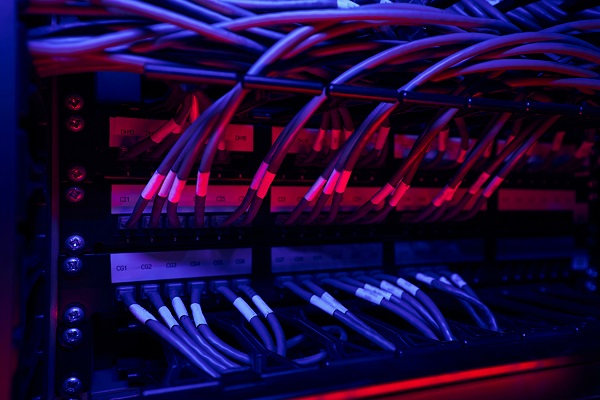What is a Structured Cabling System
A structured cabling system is one that has been designed with the expectation that it will be used to transport and distribute telecommunications signals, electric power, computer network signals, etc. to devices such as computers, telephones or the Internet. A structured cabling system allows voice, data, and video to be shared in a network.
Cables are typically installed within a building to provide connectivity between different wiring systems in the building. Cabling may also be installed to transport and distribute telecommunications signals outside of a building for routing through an external network.
Why Should You Consider Installing or Upgrading Your Structured Cable Solution?
There are 4 reasons why you should consider installing or upgrading your structured cable solution.
1. Money Saving:
One of the most important reasons is that it will save you money. You see, when you install a structured cable solution, it will save you money because it will cut down on the number of cables that are running through your office. It also helps to make your office look more professional and clean.
2. Speed:
Another reason why you should consider installing or upgrading your structured cable solution is because it will provide faster internet speeds for all of those who work in the office. This means that employees won’t have to wait as long for their internet connection to load and they’ll be able to work more efficiently. without any distractions.
3. Efficiency:
Structured cable solutions for offices are also great for efficiently delivering bandwidth in your office with much less intrusion from other devices or cables. This is because structured cable solutions are designed to be installed after the building has been constructed and to avoid having a sewn military type underground water, gas, and electrical lines that are required by the phone company in order to have a phone line.
4. Data Security:
A structured cabling system is important because it allows for faster and more reliable data transfer, which in turn helps to reduce downtime. It also reduces the risk of data theft, since it increases security by ensuring that only authorized personnel have access to networks.
How to Choose the Best Structured Cabling Solutions?
Structured cabling is a system of cables that transport data and telecommunications signals between the various components of a building. The cables can be installed in floor, wall or ceiling spaces, or they can be installed in conduit.
Structured cabling solutions are the backbone of any modern business. They are an integral part of a company’s IT infrastructure and need to be planned carefully.
There are a number of different factors that need to be taken into account when choosing the right solution, including:
– The size and complexity of your company’s IT infrastructure
– The type of hardware you require
– Your budget
– Your current needs
– Future growth plans
– The number of users and devices
– The distance between the equipment room and the furthest location on your network
– What networking technologies will be used in the future
A structured cabling installation is more than just installing cables. It’s about making sure that every device in your home or business has a connection and that they’re all working together. The best way to get this done is by hiring a professional who can help you with the installation and give advice on what type of cables and hardware to use.
The best way to reduce the risk of downtime and improve the speed of your network is to have a well-planned, structured networking setup. Understanding how your cables are laid out and where they connect is the key to success. By organizing your structured cabling system, you will be able to more quickly identify and troubleshoot any problems that arise.


